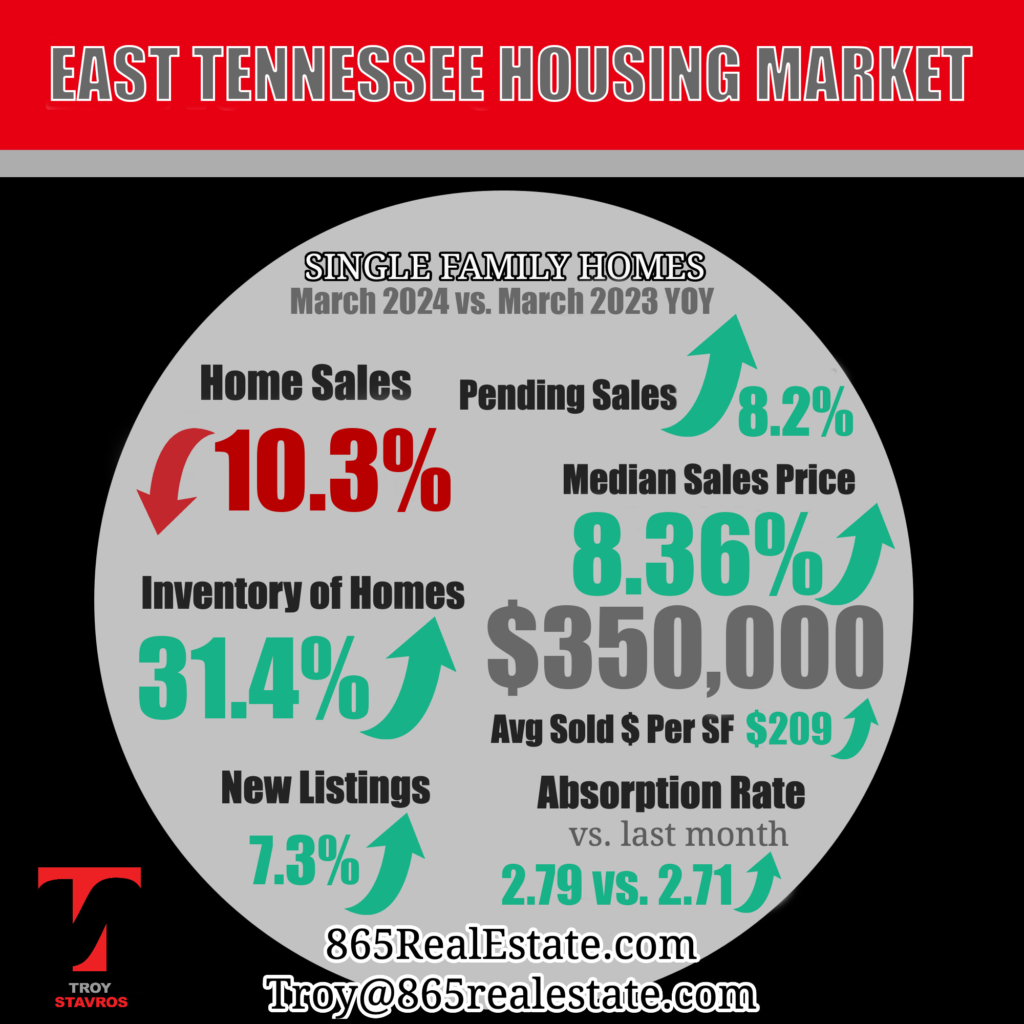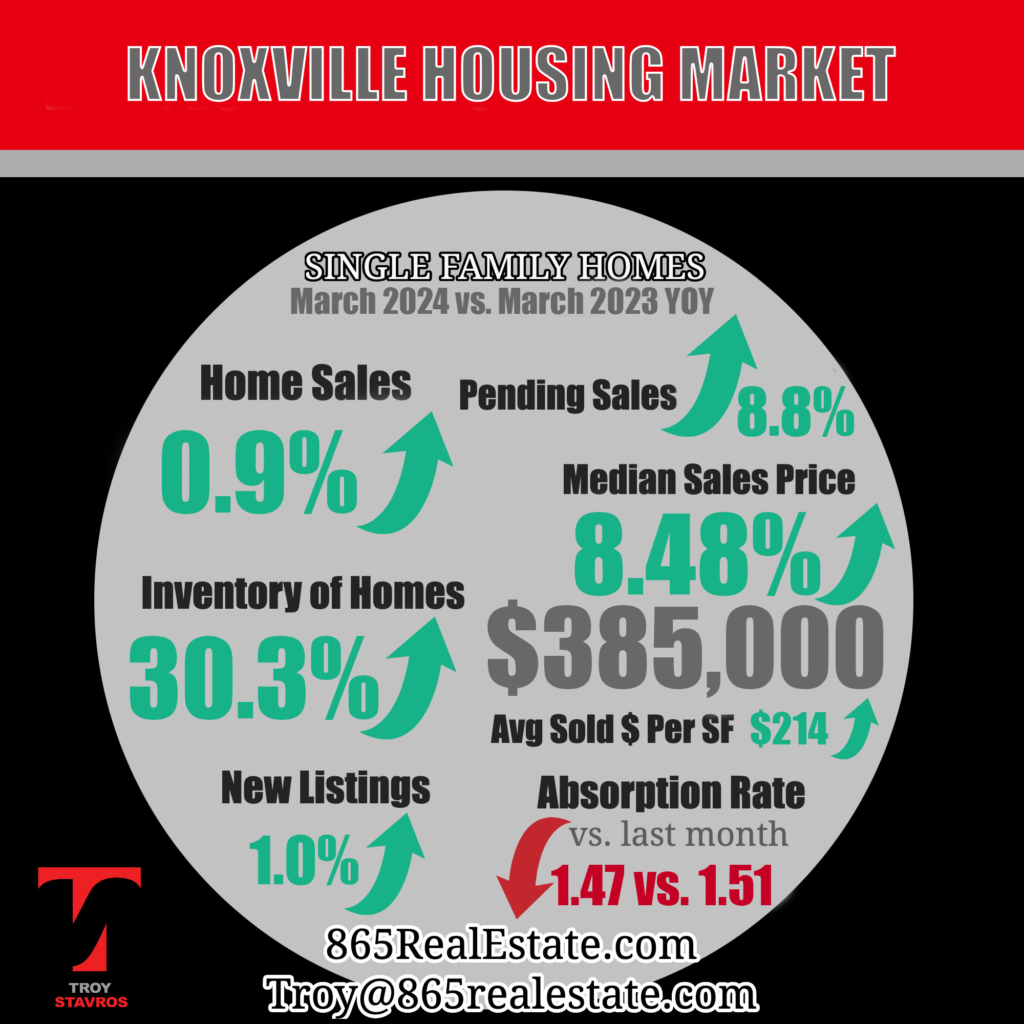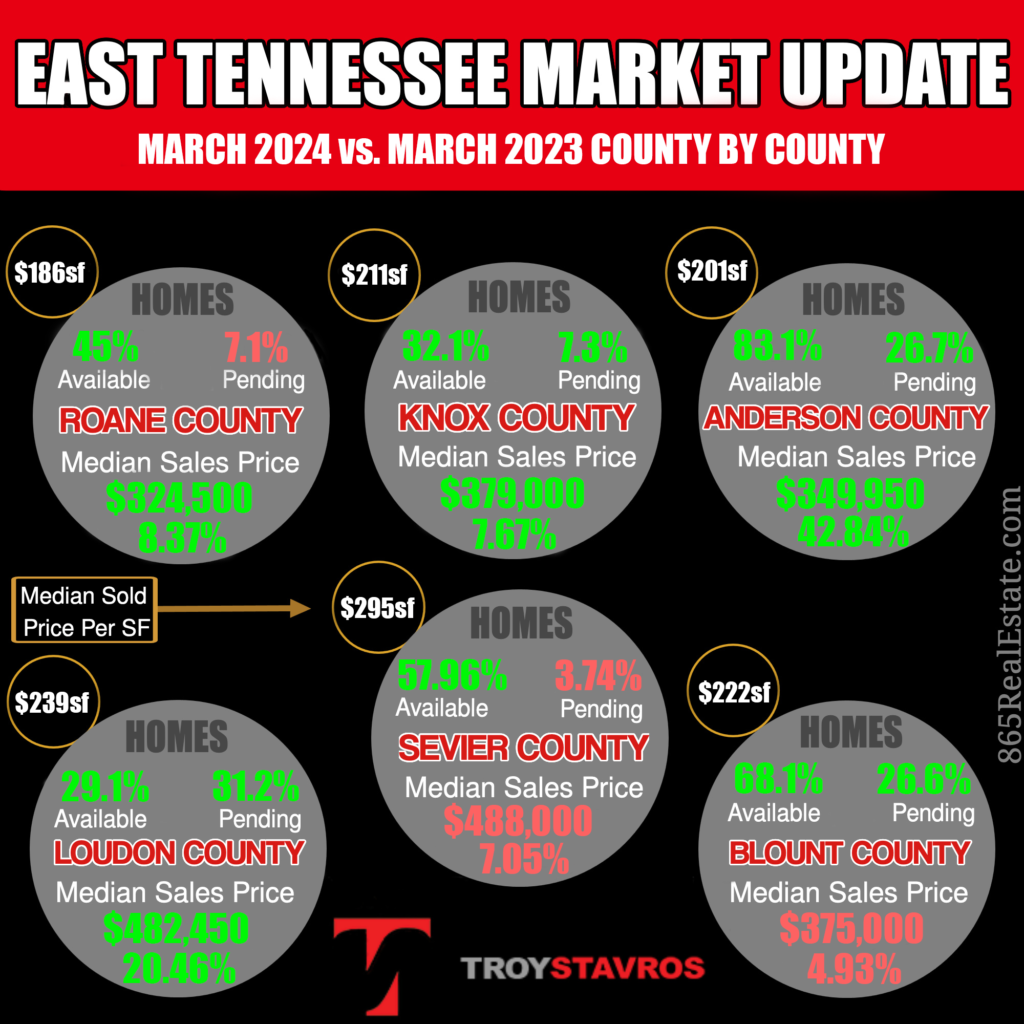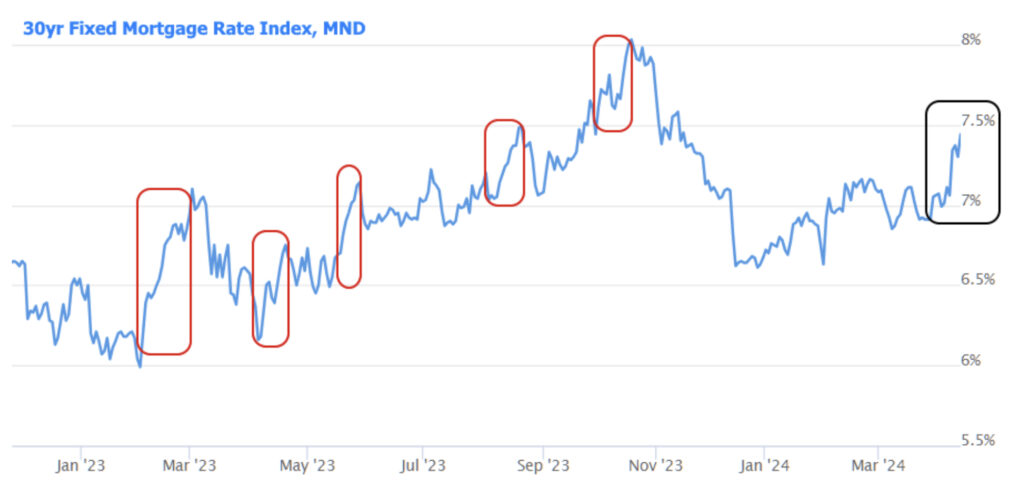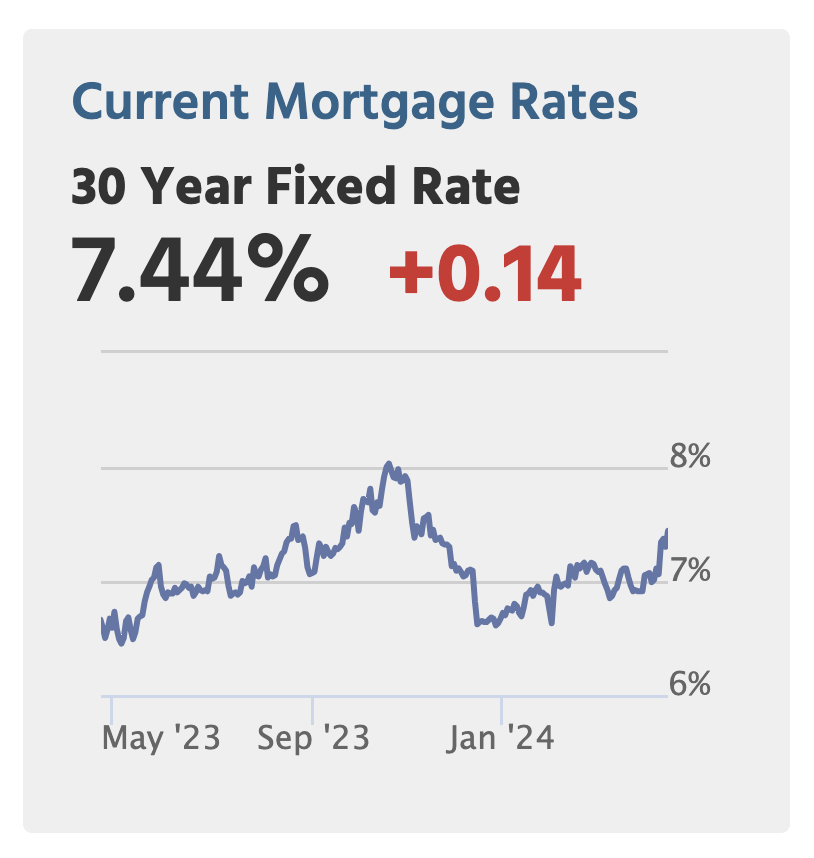Discover the perfect blend of comfort and convenience in this beautifully updated basement rancher, ideally situated in the heart of West Knoxville. Offering easy access to popular shopping destinations, trendy coffee shops, and dining options including Costco and a range of eateries at Turkey Creek, your new home is also a commuter’s delight with swift entry to I-40 and Pelissippi Parkway.
Set on a spacious 1/2 acre lot adorned with mature trees that provide both shade and privacy, this property allows you to enjoy the great outdoors in your own backyard. The absence of an HOA brings the added advantage of no restrictions, offering you the freedom to personalize your space as you see fit.
This stunning property features three spacious bedrooms and two fully updated bathrooms on the main level. Each bathroom is meticulously designed with custom vanities and tiles, and the owner’s suite boasts a luxurious walk-in shower with a sleek glass door. The heart of the home is the kitchen, which has been completely transformed to include quartz countertops, stylish subway tile backsplash, a portable island, and top-of-the-line stainless steel appliances. A large window above the sink offers a serene view of the lush backyard, enhancing the overall cooking experience.
The full finished walk-out basement is a versatile retreat that includes a fabulous bonus room suitable for an office, an expansive entertainment area/rec room, a full bathroom, a convenient laundry room, and a generous storage space. The modern farmhouse aesthetic flows throughout the home, accented by designer finishes that evoke a sense of sophisticated comfort.
Externally, the property does not disappoint with a large carport plus an additional paved parking area, ensuring ample space for vehicles and guest parking. The home’s facade is beautifully framed by mature trees and well-manicured landscaping, offering both privacy and an inviting curb appeal.
Zoned for the highly-regarded Farragut Elementary and Hardin Valley Academy, this home does not only promise a prestigious lifestyle but also access to excellent educational opportunities.
Set on a picturesque tree-lined street off Kingston Pike, 209 Wakefield Road is more than a house—it’s your next dream home, where every detail ensures a lifestyle of unparalleled convenience and luxury.
Take the Next Step Towards Your Dream Home!
For more information about this exquisite property or assistance with buying or selling real estate in Knoxville, TN, don’t hesitate to reach out. Contact Troy Stavros at CornerStone Realty Associates at 865-999-0925 today, and take the first step towards making 209 Wakefield Road your new home. Troy’s expertise and local knowledge ensure you’ll receive top-notch guidance throughout your real estate journey. Call now to schedule your viewing or to discuss your real estate needs!
















































